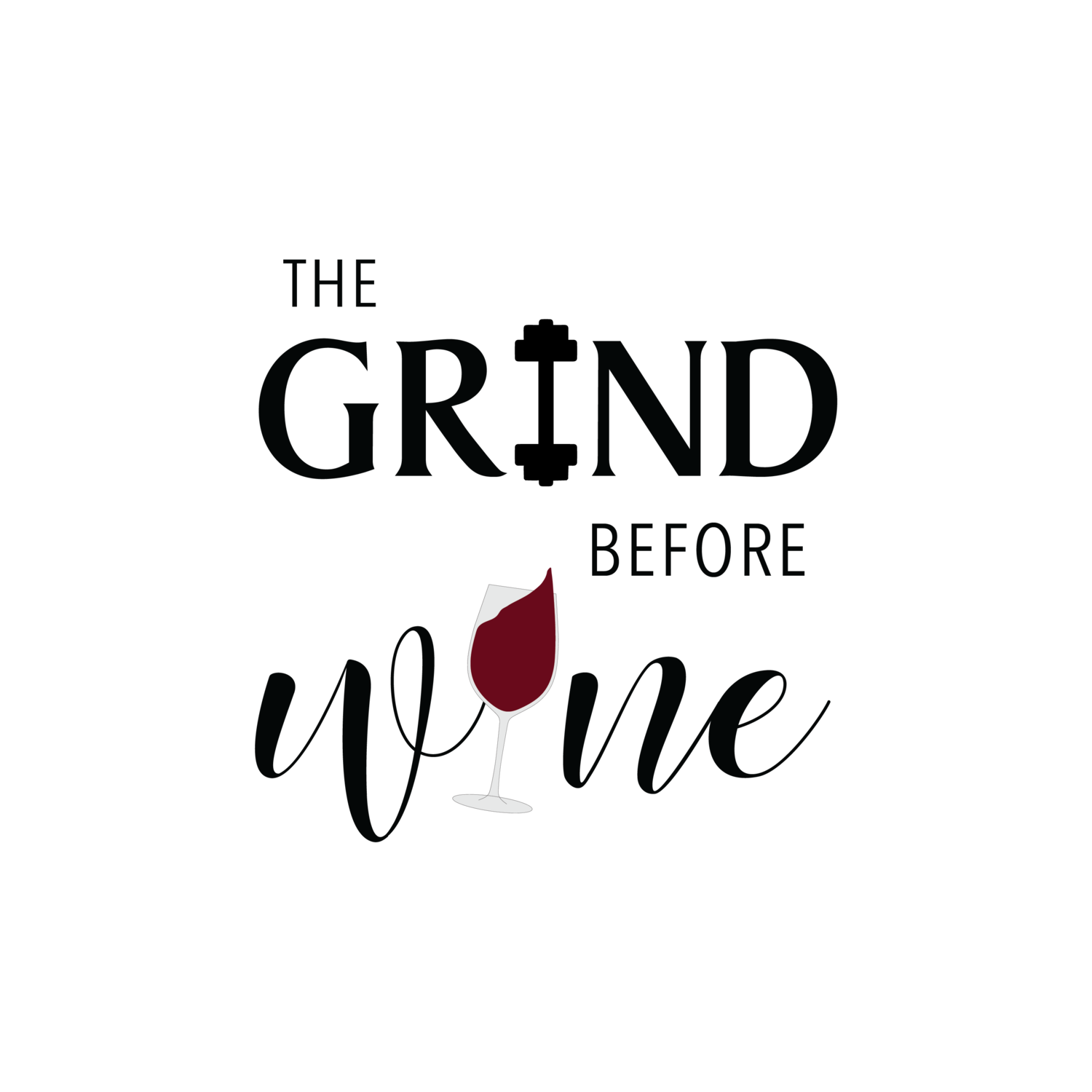Protein 101
Am I getting enough protein? How much protein do I need? How do I increase my protein intake? All common questions people bring to wellness coaching, all answered in this article!
The Basics:
The average active person needs anywhere from .8-1.2 grams of protein per pound of bodyweight in order to build or maintain muscle as well as to remain full and energized throughout the day. For some, reaching their daily protein goal can be a challenge. Keep reading for a full breakdown on the best sources of protein, meal ideas, and some helpful tips and tricks.
Animal Sources of Protein per 6 Ounces (source: USDA):
Plant Sources of Protein per 1 Cup (source: USDA):
*protein counts will vary based on variety chosen
How to meal plan and build your plate:
Prioritize proteins when you’re planning your meals, and then plan your starch and vegetables around that. The same goes for when you’re eating your meal. Prioritize eating your protein, and then move onto starches and vegetables. Note, your body doesn’t register fullness until about twenty minutes into a meal. The more slowly you eat, the less likely you are to feel overstuffed.
Some strong combinations to consider:
Egg cups (makes 6 cups), 6 eggs, 1/4 cup diced ham, 1/4 cup shredded cheese, 6 chopped broccoli florets = about 9 grams of protein per cup
Deconstructed burrito bowl: 6 oz chicken, 1/2 cup wild rice, 1/2 cup black beans, tomato, and avocado = 90 grams of protein
Salmon bowl: 6 oz salmon,1/2 cup quinoa, 1/2 cup chickpeas, 1/4 chopped celery, wilted kale = 58 grams of protein
Asian bowl: 6 oz shrimp, 1/2 cup wild rice, 1/2 edamame, 1/2 cup asparagus, 1/2 cup broccoli, teriyaki sauce = 44 grams of protein
Vegan stuffed sweet potatoes: Baked sweet potato, 1/2 cup quinoa, 1/2 cup black beans, tomato, onion, corn, avocado = 29 grams of protein
What about supplements?
Just like how a daily multivitamin cannot make up for a diet deficient in fruit and vegetables, a protein powder cannot make up for a diet that lacks protein from whole foods. Protein powders are definitely a great way to supplement and close any protein gaps that may exist after you consume all of your meals and feel both satiated and satisfied. Just be wary about using protein powders and drinks as a meal replacement for two reasons: First, replacing a meal with a protein drink will most likely result in a lack of important vitamins and minerals that come from food. Second, your body is able to process and metabolize complete proteins that come from animals and plants more efficiently and effectively.
And one more thing:
Protein can also be found in dairy and nuts. In order for a food to be considered a strong protein source, the protein should outweigh fat and sugar. It can be common for flavored yogurts to have significantly more sugar than protein. It is also common for nuts and nut butters to have significantly more fat than protein. These foods can still be enjoyed, but should not be prioritized when trying to reach your protein goal.
Have questions? Need more guidance? Click here to schedule a complimentary wellness consultation! We’ll deep dive into your current food habits and how they can be improved to better prioritize protein consumption and to reach your goals!




